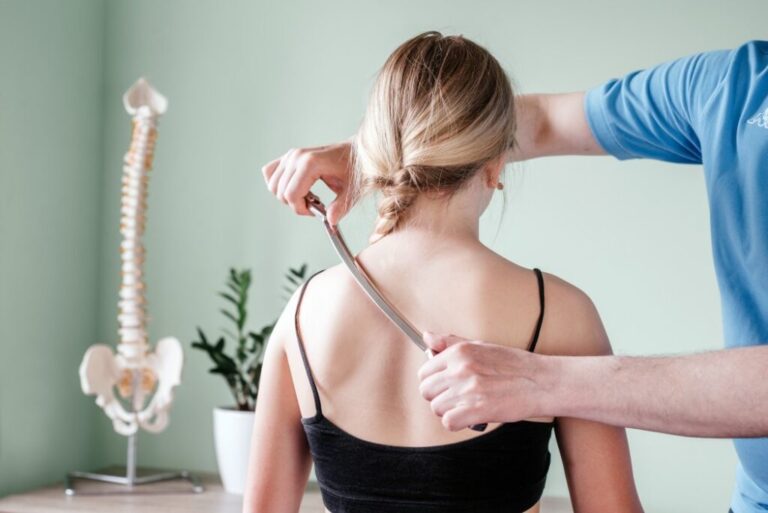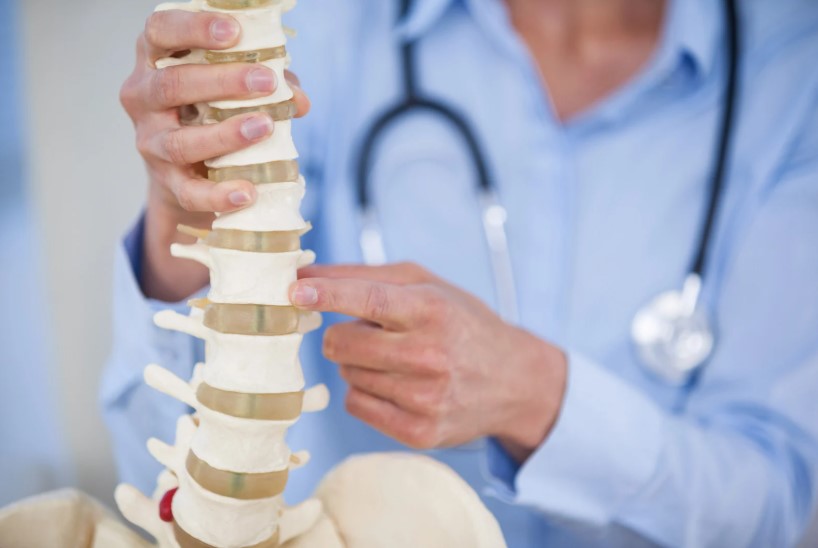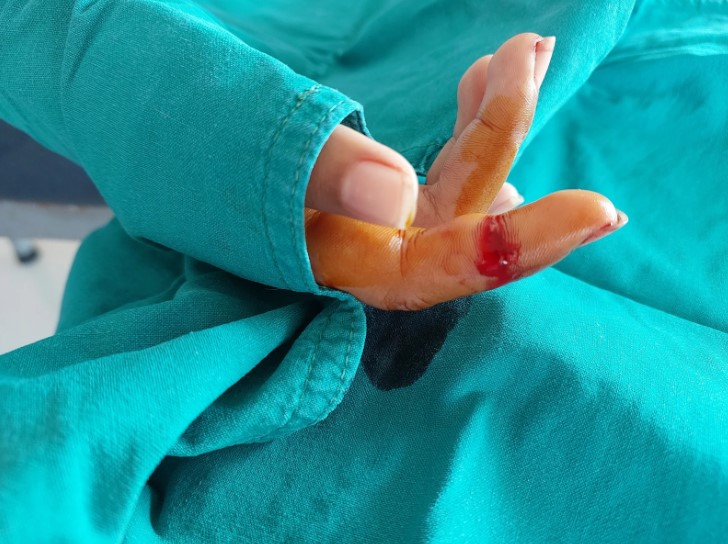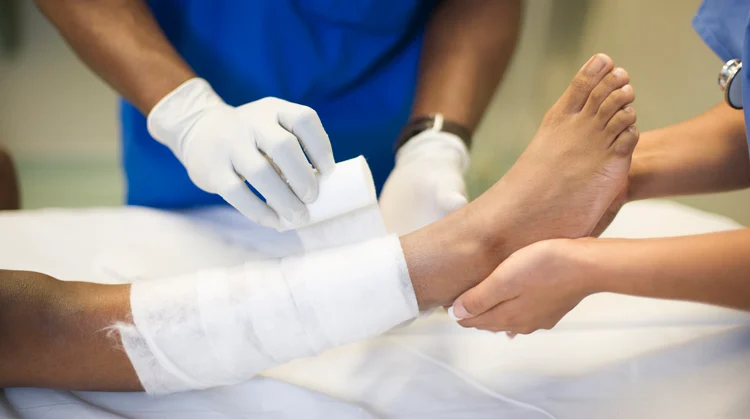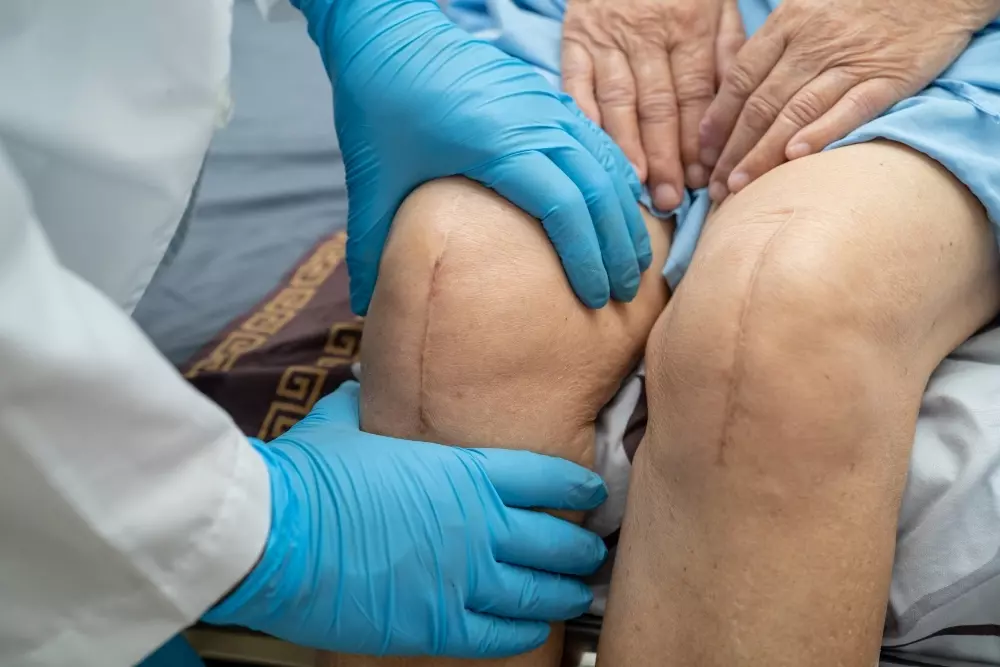Striving for an active lifestyle is a cornerstone of health and well-being, yet injuries like ACL tears can abruptly halt this pursuit. The Anterior Cruciate Ligament (ACL), a crucial stabilizer in the knee, can be injured during sports activities, falls, or accidents. When faced with such an injury, undergoing ACL reconstruction knee surgery becomes pivotal in restoring mobility and reclaiming your active lifestyle.
Understanding ACL Injuries
An ACL injury is a common occurrence among athletes and active individuals, often resulting from sudden stops or changes in direction that strain the knee beyond its limits. Such injuries can cause significant instability and discomfort, impacting everyday activities and athletic performance alike. Prompt diagnosis and treatment, including knee surgery, are essential to prevent further damage and expedite recovery.
Importance of Restoring Mobility
Beyond the physical limitations, an ACL injury can have profound psychological effects, challenging one’s ability to engage in activities they love. Whether it’s running, playing sports, or even navigating stairs, the loss of mobility can disrupt daily life and diminish overall well-being. Restoring knee stability through ACL reconstruction surgery not only addresses these challenges but also rejuvenates the desire to lead an active and fulfilling life.
What is ACL Reconstruction?
ACL reconstruction is a surgical procedure aimed at restoring the torn ligament’s function and stability in the knee joint. During the surgery, a graft (often from the patient’s own tissue or a donor) is used to replace the damaged ACL, promoting healing and reinforcing the knee’s structural integrity. This procedure is tailored to each individual’s specific injury and activity level, offering a personalized approach to recovery.
Benefits of ACL Reconstruction
The benefits of ACL reconstruction surgery extend far beyond mere structural repair. By restoring knee stability and function, individuals experience reduced pain, improved range of motion, and enhanced confidence in their ability to move without fear of instability. This procedure is pivotal in enabling athletes and active individuals to return to their chosen sports and activities with renewed vigor and reduced risk of further knee injury.
Post-Surgery Rehabilitation
Following ACL surgery, comprehensive rehabilitation plays a crucial role in optimizing recovery outcomes. Physical therapy focuses on strengthening the knee muscles, improving flexibility, and gradually reintroducing weight-bearing activities. This phased approach not only accelerates healing but also minimizes the risk of complications, ensuring a smoother transition back to an active lifestyle post-surgery.
Tips for Maintaining an Active Lifestyle Post-Recovery
Maintaining an active lifestyle post-recovery requires diligence and mindfulness of knee health. Incorporating regular exercise routines that prioritize strength, flexibility, and proper warm-up techniques is crucial. Listening to your body and avoiding overexertion are equally important in safeguarding against future knee injuries and ensuring long-term joint health.
Takeaway
ACL reconstruction knee surgery represents a beacon of hope for those facing the challenges of an ACL injury. By restoring mobility, enhancing knee stability, and fostering a renewed sense of confidence, this procedure empowers individuals to resume their active pursuits with vigor and resilience. If you or someone you know is navigating an ACL injury, consulting with a healthcare professional about ACL reconstruction could be the first step toward reclaiming a fulfilling, active lifestyle.



